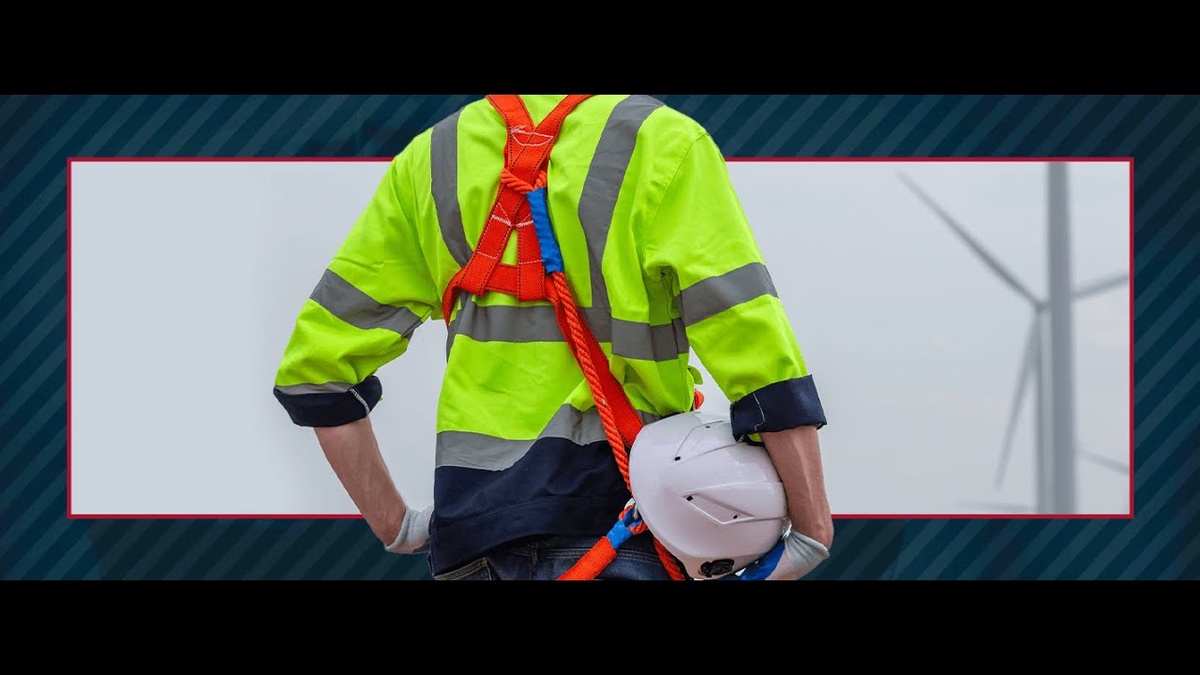Hazardous waste management is a critical aspect of workplace safety, particularly in industries where the production or use of chemicals is prevalent. Proper handling and disposal of hazardous waste containers are essential to prevent accidents, protect the environment, and ensure compliance with regulations. This article will outline safety protocols for working with hazardous waste containers, focusing on the guidelines provided by the National Examination Board in Occupational Safety and Health (NEBOSH) Course.
Understanding Hazardous Waste
Before delving into safety protocols, it's crucial to understand what constitutes hazardous waste. Hazardous waste refers to any material that poses a substantial threat to human health or the environment due to its chemical, physical, or biological properties. Examples include toxic chemicals, flammable liquids, corrosive substances, and infectious materials.
NEBOSH Course provides comprehensive training on identifying different types of hazardous waste and understanding their risks. Employees enrolled in a NEBOSH Course learn how to categorize hazardous waste properly and handle it with care to minimize potential hazards.
Safety Protocols for Handling Hazardous Waste Containers
-
Proper Labeling and Ide ntification
When working with hazardous waste containers, it's essential to ensure proper labeling and identification. All containers should be clearly marked with the type of waste they contain, its hazards, and any necessary precautionary measures. Employees should be trained to recognize these labels and understand their significance.
NEBOSH emphasizes the importance of accurate labeling as part of its NEBOSH Course. Trainees learn to interpret hazard symbols and understand the information provided on hazardous waste labels to mitigate risks effectively.
-
Personal Protective Equipment (PPE)
Personal protective equipment is vital when handling hazardous waste containers to minimize exposure to harmful substances. This may include gloves, goggles, respirators, and protective clothing. Employees must wear the appropriate PPE based on the type of waste being handled and the potential hazards involved.
NEBOSH Course educates workers on the selection, use, and maintenance of PPE to ensure maximum protection. Trainees are instructed on the importance of wearing PPE consistently and correctly to reduce the risk of accidents and injuries.
-
Safe Handling and Transport
Proper handling and transport procedures are crucial to prevent spills, leaks, or other incidents during the movement of hazardous waste containers. Employees should be trained in techniques such as secure packaging, lifting and carrying methods, and using appropriate equipment like trolleys or forklifts.
Through the NEBOSH Course, workers gain practical knowledge of safe handling practices for hazardous waste containers. They learn how to assess risks, plan routes, and execute transport activities safely to minimize the likelihood of accidents.
-
Emergency Response Preparedness
Despite careful planning and adherence to safety protocols, emergencies can still occur when working with hazardous waste containers. It's essential for employees to be prepared to respond promptly and effectively in such situations. This includes knowing emergency procedures, evacuation routes, and the location of emergency equipment such as spill kits and eyewash stations.
The NEBOSH Course includes training on emergency response preparedness, teaching participants how to recognize different types of emergencies and take appropriate action. Trainees learn to remain calm under pressure and follow established protocols to mitigate risks and ensure the safety of themselves and others.
-
Regular Inspections and Maintenance
Regular inspections and maintenance of hazardous waste containers are essential to identify any issues or defects that could compromise safety. Employees should conduct visual inspections for signs of damage, deterioration, or leakage and report any concerns to management immediately. Additionally, scheduled maintenance should be performed according to manufacturer guidelines to keep containers in optimal condition.
The NEBOSH Course emphasizes the importance of proactive maintenance practices to prevent accidents and ensure compliance with safety regulations. Trainees learn to perform thorough inspections, document findings, and take corrective actions as necessary to maintain the integrity of hazardous waste containers.
Conclusion
Working with hazardous waste containers requires strict adherence to safety protocols to protect both employees and the environment. By following guidelines provided by organizations like NEBOSH, such as those outlined in the NEBOSH Course, workers can mitigate risks associated with hazardous waste handling and ensure compliance with regulations. Implementing proper labeling, using appropriate PPE, practicing safe handling and transport, being prepared for emergencies, and conducting regular inspections are key components of effective safety protocols for working with hazardous waste containers. Through comprehensive training and ongoing vigilance, organizations can create a safer workplace for all employees involved in hazardous waste management.


No comments yet